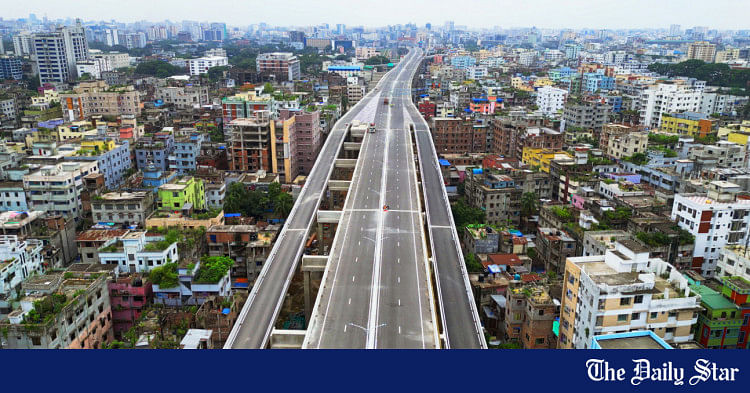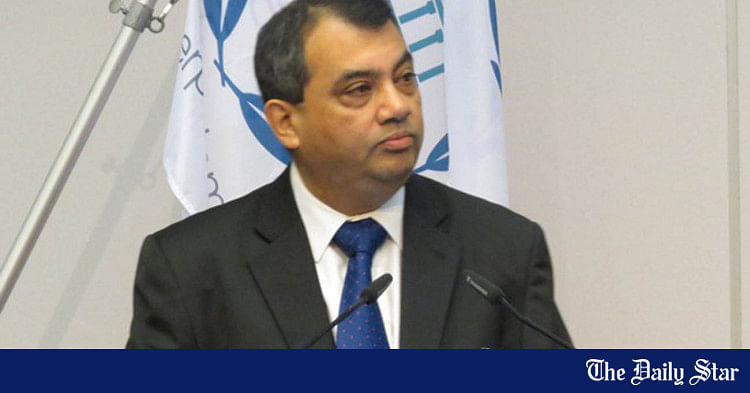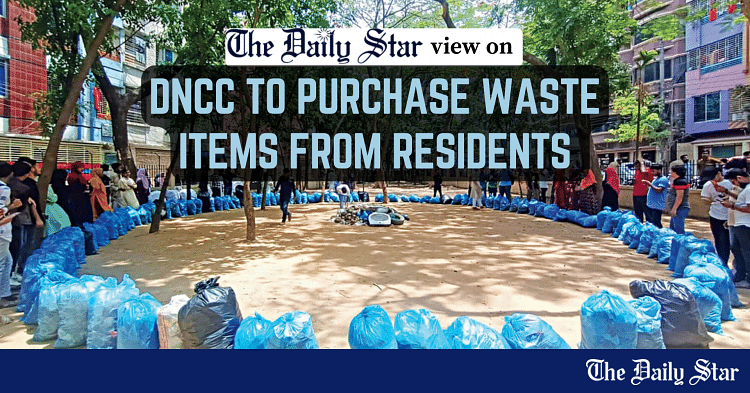Saif
Senior Member
- Joined
- Jan 24, 2024
- Messages
- 16,136
- Likes
- 8,062
- Nation

- Axis Group


Coca-Cola, PepsiCo, Nestlé among top plastic polluters: Study
Coca-Cola, PepsiCo, and Nestlé have been identified as the top three contributors to global plastic pollution in a new study published in the journal Science Advances on April 24.....
 www.newagebd.net
www.newagebd.net
Coca-Cola, PepsiCo, Nestlé among top plastic polluters: Study
Staff Correspondent 27 April, 2024, 18:51

This photo taken on April 26, 2024 shows plastic wastes floating on water in river Buriganga in Dhaka. Coca-Cola, PepsiCo, and Nestlé have been identified as the top three contributors to global plastic pollution in a new study published in the journal Science Advances on April 24. | Sony Ramany.
Coca-Cola, PepsiCo, and Nestlé have been identified as the top three contributors to global plastic pollution in a new study published in the journal Science Advances on April 24.
The study, involving over 100,000 volunteers and cataloguing 1.8 million pieces of plastic waste from 84 countries between 2018 and 2022, identified 56 companies as responsible for over 50 per cent of branded plastic waste worldwide.
Among the companies, Coca-Cola is the biggest contributor, causing 11 per cent of global branded plastic pollution, followed by PepsiCo at 5 per cent, Nestlé and Danone each at 3 per cent and Altria at 2 per cent respectively.
The study, led by scientists at Dalhousie and a dozen different universities in the United States, Australia, the Philippines, New Zealand, Estonia, Chile, Sweden, and the UK, disclosed that 19,586 companies were accountable for all branded plastic, with major corporations in the food and tobacco industries emerging as the primary polluters in their respective regions.
The study highlighted that around 9,10,000 out of over 1.8 million plastic pieces had visible brands, while noting that plastic items can lose their brand identification due to exposure to sunlight and weather conditions.
It found over 50 per cent of plastic items unbranded, underscoring the necessity for improved transparency regarding the production and labelling of plastic products and packaging to enhance traceability and accountability.
The study observed that if the largest polluters phased out single-use and short-lived plastic products, it could significantly reduce global plastic pollution.
The countries used in the analysis represented a combined population of 6.5 billion people or about 81 per cent of the global population, based on July 2022 population estimates.
To effectively combat global plastic pollution, the study suggests that corporate producers of plastic waste must reduce the amount of plastic in their products and refrain from using regrettable alternatives.
This involves phasing out nonessential and avoidable single-use products and adopting safe, sustainable product designs that decrease the global demand for new items while promoting reusability, reparability, and recyclability, it added.
Staff Correspondent 27 April, 2024, 18:51
This photo taken on April 26, 2024 shows plastic wastes floating on water in river Buriganga in Dhaka. Coca-Cola, PepsiCo, and Nestlé have been identified as the top three contributors to global plastic pollution in a new study published in the journal Science Advances on April 24. | Sony Ramany.
Coca-Cola, PepsiCo, and Nestlé have been identified as the top three contributors to global plastic pollution in a new study published in the journal Science Advances on April 24.
The study, involving over 100,000 volunteers and cataloguing 1.8 million pieces of plastic waste from 84 countries between 2018 and 2022, identified 56 companies as responsible for over 50 per cent of branded plastic waste worldwide.
Among the companies, Coca-Cola is the biggest contributor, causing 11 per cent of global branded plastic pollution, followed by PepsiCo at 5 per cent, Nestlé and Danone each at 3 per cent and Altria at 2 per cent respectively.
The study, led by scientists at Dalhousie and a dozen different universities in the United States, Australia, the Philippines, New Zealand, Estonia, Chile, Sweden, and the UK, disclosed that 19,586 companies were accountable for all branded plastic, with major corporations in the food and tobacco industries emerging as the primary polluters in their respective regions.
The study highlighted that around 9,10,000 out of over 1.8 million plastic pieces had visible brands, while noting that plastic items can lose their brand identification due to exposure to sunlight and weather conditions.
It found over 50 per cent of plastic items unbranded, underscoring the necessity for improved transparency regarding the production and labelling of plastic products and packaging to enhance traceability and accountability.
The study observed that if the largest polluters phased out single-use and short-lived plastic products, it could significantly reduce global plastic pollution.
The countries used in the analysis represented a combined population of 6.5 billion people or about 81 per cent of the global population, based on July 2022 population estimates.
To effectively combat global plastic pollution, the study suggests that corporate producers of plastic waste must reduce the amount of plastic in their products and refrain from using regrettable alternatives.
This involves phasing out nonessential and avoidable single-use products and adopting safe, sustainable product designs that decrease the global demand for new items while promoting reusability, reparability, and recyclability, it added.










































